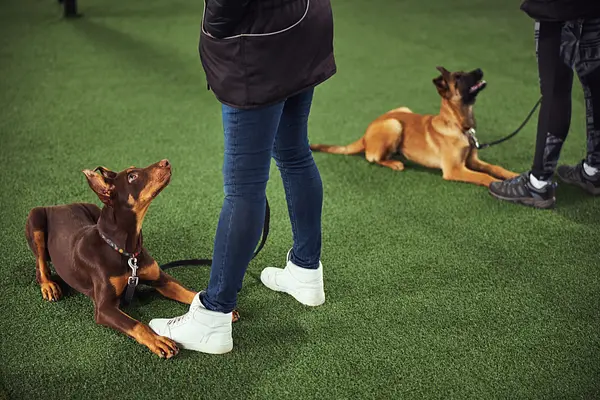As a new puppy parent, you may find yourself dealing with a vocal little furball who seems to bark at every opportunity. While it's adorable at first, excessive barking can quickly become a nuisance for you and your neighbors. Fear not! With patience, consistency, and a few simple techniques, you can train your dog to embrace the serenity of silence.
Understanding the Reasons Behind the Barking
Before you begin training, it's essential to understand why your puppy is barking. Some common reasons include:
- Seeking attention
- Alerting you to potential threats or unusual sounds
- Expressing boredom or loneliness
- Responding to other dogs in the neighborhood
Once you identify the trigger, you can tailor your training approach accordingly.
The Power of Positive Reinforcement
Positive reinforcement is the key to successful puppy training. Whenever your pup remains quiet in a situation that would typically trigger barking, reward them with treats, praise, or their favorite toy. This helps them associate being quiet with positive outcomes, encouraging them to repeat the behavior.
Teaching the "Quiet" Command
When your puppy starts barking, calmly say "Quiet" in a firm but gentle tone. Wait for them to stop barking, even if it's just to take a breath, and immediately reward them with a treat and praise. Repeat this process consistently, and gradually increase the duration of silence required before offering the reward.
Providing Mental Stimulation and Exercise
A tired puppy is a quiet puppy. Make sure your furball gets plenty of physical exercise and mental stimulation through walks, playtime, and interactive toys. A well-exercised pup is less likely to bark out of boredom or pent-up energy.
Managing the Environment
If your puppy tends to bark at external stimuli, such as passersby or other dogs, consider managing their environment. Close the curtains, play white noise, or move them to a quieter area of the house to minimize the triggers.
Be Patient and Consistent
Training your puppy to be quiet takes time and consistency. Don't get discouraged if progress seems slow at first. Celebrate the small victories and keep rewarding your pup for their quiet behavior. With persistence and a positive attitude, you'll soon have a calm and well-behaved furry companion.
Bonus Tip: Use the Doggy Time App
To streamline your puppy training journey, consider using the "Doggy Time" app. This handy tool allows you to collaborate with family members on logging your pup's activities, training progress, and other important information. With smart alarms and scheduling features, you can ensure that your puppy's needs are met consistently, making the training process even smoother.
Remember, every puppy is unique, and what works for one may not work for another. Be patient, adaptable, and always approach training with a positive and loving attitude. Your efforts will be rewarded with a well-behaved and quiet canine companion.






